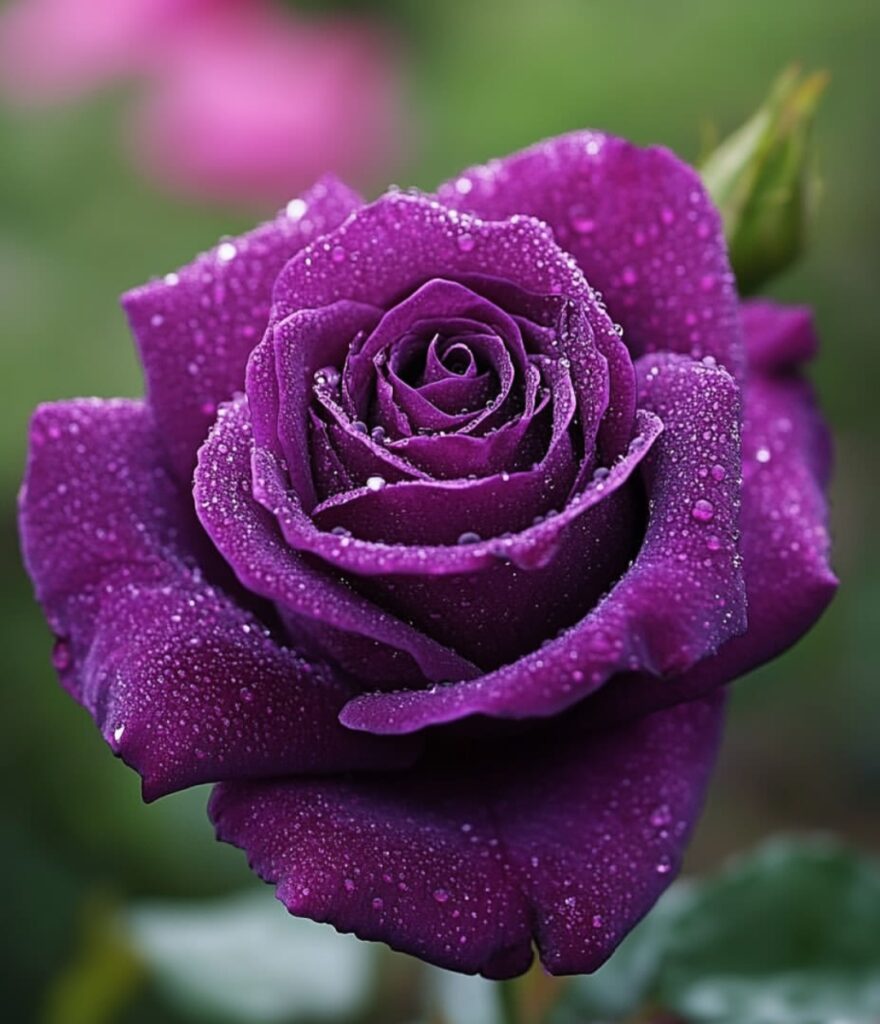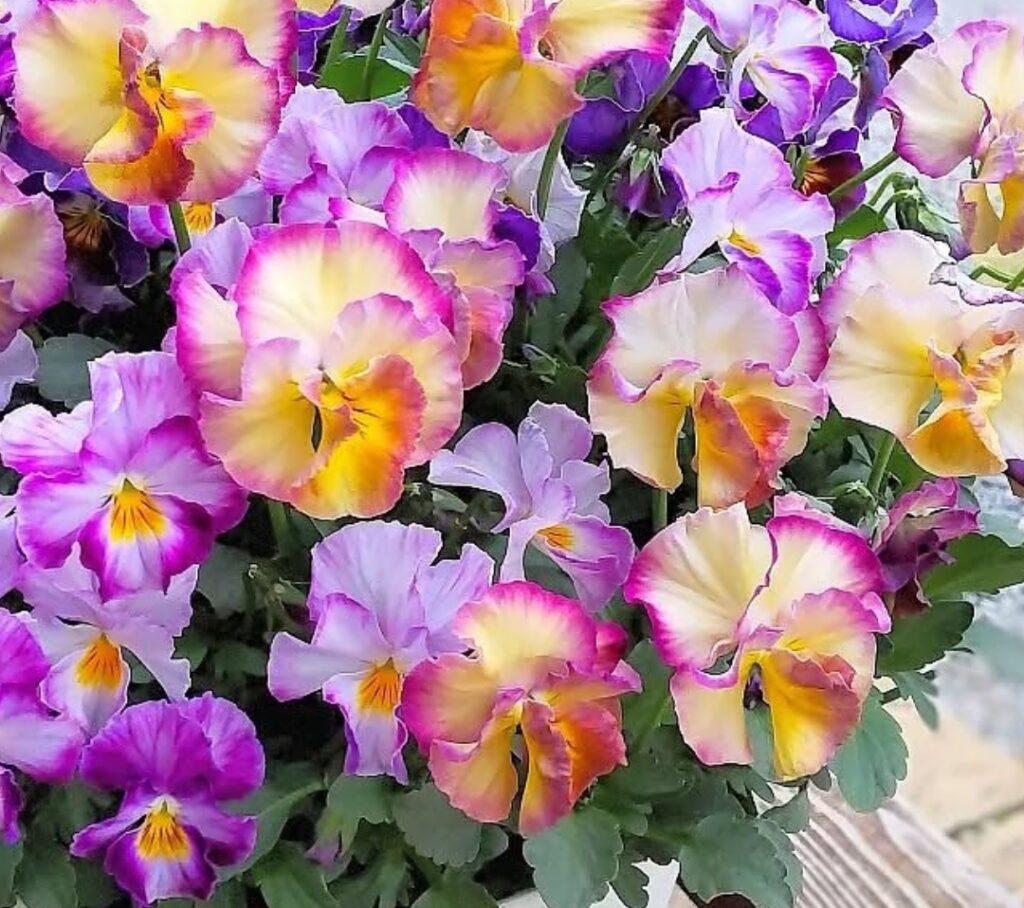If you are looking to start a beautiful rose garden, then you have come to the right place! Rose gardening can be an incredibly rewarding experience, but it is important to understand the basics of how to care for your roses properly. In this blog post, we will take a look at everything you need to know about rose gardening for beginners.
From understanding the different types of roses and the best ways to prune and fertilize them, to preventing and treating common rose diseases, we will cover all the essential tips and tricks for successful rose gardening.

Choosing the Right Location
If you’re planning to start a rose garden, the first step is to pick the right location. It’s important to choose an area with full sun exposure so that your roses will get at least six to eight hours of direct sunlight each day. It’s also a good idea to select a spot that has well-draining soil so that your roses don’t become waterlogged and rot. Finally, ensure the area is protected from wind, which can damage young plants. When selecting the right location, it is important to consider these factors to ensure your roses have the best chance at thriving .
Soil Preparation
The key to successful rose gardening is in the soil preparation. Rose plants require well-drained, nutrient-rich soil that has been amended with plenty of organic matter. Before you begin planting, work the soil thoroughly to ensure the roots can spread and anchor themselves.
Mix a generous amount of compost into your soil before planting.
Compost provides essential nutrients and will improve drainage by helping to break up compacted soil. It also helps promote microbial life in the soil, which is essential for healthy plant growth. Add a layer of mulch around your roses to help maintain moisture levels and prevent weeds from taking over.
You should also add a slow-release fertilizer when planting roses and again in late winter or early spring. A balanced fertilizer, like 10-10-10, will give your roses the right mix of nitrogen, phosphorus and potassium they need. Make sure to follow the directions on the fertilizer package and never apply more than the recommended amount.
When it comes to soil preparation, be patient and take your time. Doing it right will go a long way towards ensuring a successful rose garden
Planting Your Roses
If you’re just starting out with rose gardening, it can be a little overwhelming. But with some preparation and knowledge, you can create a beautiful rose garden of your own! Here’s what you need to know about planting your roses.
First, it’s important to pick the right spot for your roses. Roses need plenty of sunshine and well-drained soil, so pick a location that receives at least 6 hours of direct sunlight a day and has good drainage. Also make sure to stay away from trees or buildings, as these can shade your roses.
Once you’ve chosen your spot, prepare the soil for planting by loosening it up and adding plenty of compost or other organic matter. This will give your roses plenty of nutrients and help keep the soil moist.
When it’s time to plant, dig a hole that is large enough for the roots and add in a handful of fertilizer. Then place your rose in the hole, making sure that the bud union (the small knobby part at the base of the stem) is an inch or two below the soil line. Finally, backfill the hole with soil and give the rose a good drink of water.
Now you’re ready to start caring for your roses! With proper care and maintenance, you can enjoy beautiful blooms for years to come.
Watering Your Roses
When it comes to watering your roses, it’s important to make sure the water reaches deep down into the soil where the roots are. A good rule of thumb is to water the area around the base of the plant for about 15 minutes. Additionally, roses benefit from being watered in the morning instead of late afternoon or evening. This allows the leaves to dry off before nightfall and reduces the risk of disease.
Finally, make sure that you use a soil that drains well, as roses need plenty of oxygen at their roots. If your soil is too compacted, it may not allow water to penetrate to the roots and can lead to root rot. Add mulch around your roses to help keep moisture in the soil and discourage weeds.
By following these simple steps for watering your roses, you can ensure that your plants stay healthy and vibrant all season long!
Fertilizing Your Roses
Fertilizing your rose garden is an important part of keeping your roses healthy and blooming beautifully. There are many different types of fertilizer available for rose gardens, so it’s important to choose the one that best fits your needs. Here are some tips for fertilizing your roses:
Use a balanced fertilizer that contains nitrogen, phosphorus, and potassium (NPK). Choose a fertilizer that has an equal ratio of NPK, such as 10-10-10.
Apply fertilizer in the spring and summer months when your roses are actively growing. Stop applying fertilizer once the leaves start to change color in the fall.
Apply the fertilizer around the base of each plant, avoiding contact with the foliage.
Water the fertilizer in thoroughly so that it reaches the roots.
Fertilize your roses every 4 to 6 weeks throughout the growing season, depending on your soil type.
By following these simple steps, you can ensure that your roses get the nutrition they need to flourish and stay healthy all year round. With proper fertilization, you can enjoy beautiful blooms from your rose garden for years to come.
Pruning Your Roses
Pruning is an important part of caring for your rose garden. Pruning is the process of selectively removing dead or diseased parts of the rose bush, as well as controlling its shape and size. It is important to prune your roses regularly to keep them healthy and strong.
Here are some tips on how to prune your roses correctly:
Make sure to prune at the right time of year. Pruning should be done during late winter or early spring when the plant is dormant. Pruning any later than this could interfere with flowering and could result in a reduction of blooms.
Use clean, sharp tools. Make sure to use clean and sharp gardening tools when pruning your roses to avoid any damage to the bush.
Start by removing any dead or diseased parts of the bush. Look for any branches that are black, withered, or appear diseased. Cut these branches at a 45-degree angle just above an outward facing bud.
Shape your bush. Remove any branches that are crossing over each other or rubbing against one another, as well as any that appear too long or out of place.
Thin out crowded areas of the bush. If there are too many branches in one area of the bush, remove some of them so that the other branches have room to grow.
By following these steps, you can ensure that your rose garden stays healthy and blooms with beautiful flowers each season!
Rose Gardening FAQs
1. What is rose gardening and why is it so popular?
Rose gardening is the art of growing roses for their beauty and fragrance. It’s popular because roses come in many colors, types, and fragrances, making any garden look vibrant. Rose gardening also offers emotional satisfaction, especially when your first bloom appears.
2. Is rose gardening suitable for beginners?
Yes, rose gardening is perfect for beginners when started with easy-care varieties like Knock Out or Drift roses. These roses require minimal care and reward growers with abundant blooms. Understanding basics like sunlight, watering, and soil is key to success in rose gardening.
3. When is the ideal season to begin growing roses?
The best time to start rose gardening is early spring or late winter when the risk of frost has passed. This gives your rose plants a head start to establish roots before the summer heat. Timing is essential for successful rose gardening.
4. What time of year is ideal for beginning a rose garden?
Morning sun is especially important to dry the leaves and prevent disease. Without enough light, rose gardening results in fewer blooms and weaker plants.
5. What kind of soil is ideal for rose gardening?
Rose gardening requires well-draining, loamy soil rich in organic matter.The optimal pH range is between 6.0 and 6.5. Amending the soil with compost or aged manure greatly improves rose health and blooming potential in rose gardening.
6. In rose gardening, how frequently should I water my roses?
Watering thoroughly once or twice a week is preferable to frequently watering shallowly while growing roses. To prevent fungal illnesses, irrigate the base of the plant at all times. For rose gardening to be successful, adapt according to the soil type and climate in your area.
7 Which fertilisers work best for growing roses?
In rose gardening, balanced fertilisers such as 10-10-10 or specialised rose fertilisers are frequently utilised. Every four to six weeks during the growing season, apply. In rose gardening, organic alternatives such as fish emulsion or compost tea also promote robust blooms.
8 Is it possible to cultivate roses in pots?
Of course! For balconies or tiny areas, container rose planting is a fantastic choice. Use large pots with drainage, pick compact kinds, and make sure they receive at least six hours of sunlight. Compared to in-ground roses, potted roses require more frequent fertilisation and watering.
In rose gardening, how should I prune my roses?
Pruning is crucial to rose gardening since it shapes the plant, encourages airflow, and produces fresh blooms. Early in the spring, when new growth is starting to emerge, prune. To improve the outcomes of rose gardening, trim off any dead or weak stems and cut above outward-facing buds.
10. What are common pests and diseases in rose gardening?
Rose gardening faces challenges like aphids, black spot, powdery mildew, and thrips. Regular inspection, proper spacing, and using neem oil or insecticidal soap can keep most problems under control. In rose gardening, pests are less likely to harm healthy plants.
11. Should I mulch my roses in rose gardening?
Yes, mulching is essential in rose gardening. A 2–3 inch layer of organic mulch like bark or compost helps retain moisture, suppress weeds, and regulate soil temperature. Mulching also improves soil quality over time in rose gardening.
12. How do I get more blooms in rose gardening?
To encourage more blooms in rose gardening, deadhead spent flowers regularly, feed with bloom-boosting fertilizers, and prune correctly. Also, ensure your roses get full sun and proper care. Consistency is key for successful blooming in rose gardening.
13. What are some low-maintenance rose varieties for rose gardening?
For easy rose gardening, choose low-maintenance types like Knock Out, Carefree Beauty, or Flower Carpet roses. These varieties are disease-resistant, bloom profusely, and require minimal pruning. They’re ideal choices for hassle-free rose gardening.
14. Can I do rose gardening organically?
Yes, organic rose gardening is very doable. Use natural compost, mulch, and organic sprays like neem oil or baking soda mixtures. Avoid synthetic chemicals and encourage beneficial insects to manage pests naturally.Growing roses organically is better for your family and the environment.
15. How long does it take to see results in rose gardening?
In rose gardening, depending on the kind and season, your first flowers could appear 6–8 weeks after planting.With regular care, roses will bloom continuously in cycles. Patience and consistency yield the best results in rose gardening.




